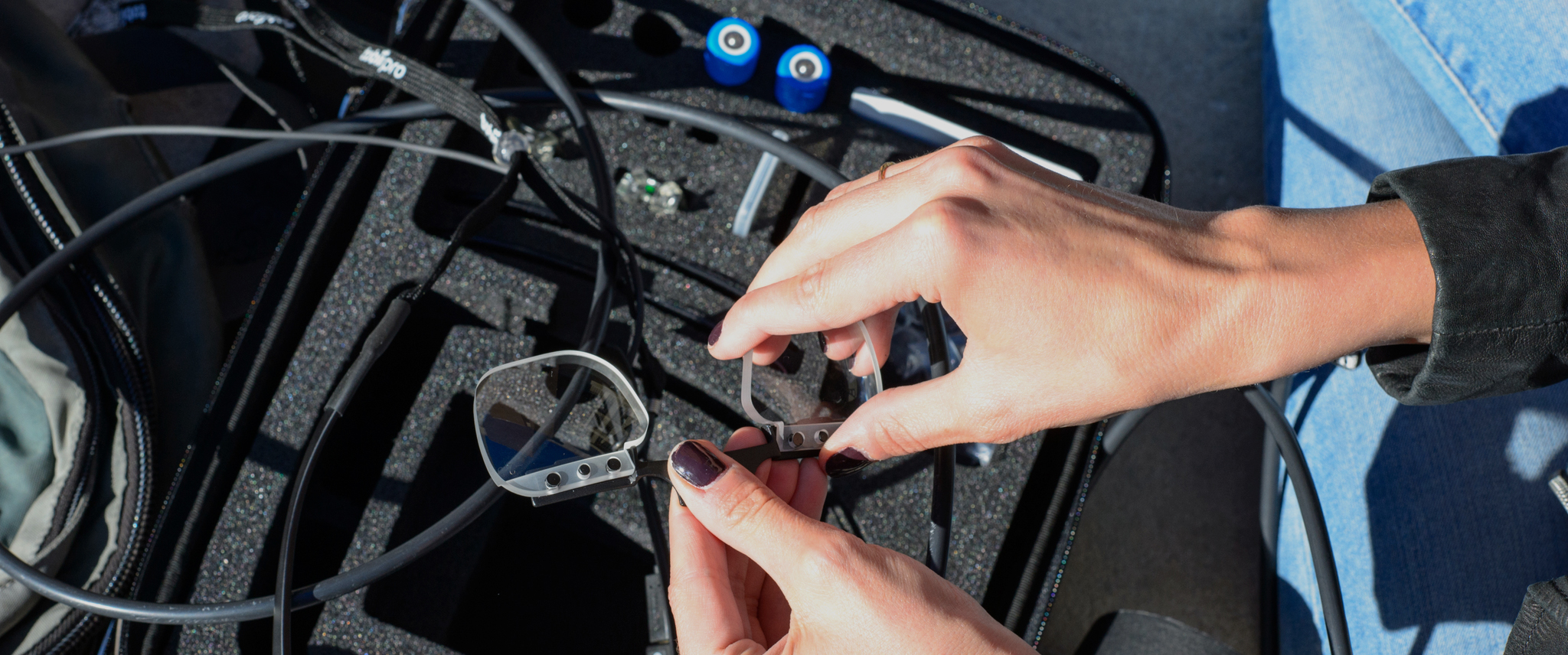Rather than waiting for multiple crashes to happen at a location before intervening to improve road safety, a new study suggests we can identify dangerous areas proactively — by measuring cyclist stress levels as they navigate city streets.
The challenge: When designing a city’s transportation infrastructure, urban planners must balance the needs of drivers with the safety of pedestrians and cyclists. This is often done through surveys of local residents and best practices learned over time.
This process doesn’t always get it right, though, so sometimes cities have to install safety improvements, such as crosswalks, bike lanes, or stop lights, at dangerous intersections or stretches of road.
“We don’t have to be reactive in planning safe transportation systems.”
Megan Ryerson
These danger zones are often only identified after they’ve proven problematic, though — meaning people may be repeatedly hurt or killed before anything is done to improve road safety.
Proactive road safety: Instead of reacting to crashes, Megan Ryerson, a transportation planning expert at the University of Pennsylvania, believes we can — and should — be working to prevent as many as possible.
“Today we have technology, data science, and the capability to study safety in ways that we didn’t have when the field of transportation safety was born,” she said in a press release.
“We don’t have to be reactive in planning safe transportation systems,” Ryerson continued. “[W]e can instead develop innovative, proactive ways to evaluate the safety of our infrastructure.”
In the eyes: Ryerson was the lead author on a new road safety study that used eye- and head movement-tracking tech to collect biometric data from cyclists while they navigated Philadelphia streets.

This data allowed the group to measure the riders’ stress levels and cognitive workload (the amount of mental effort being exerted).
A higher cognitive workload means it’s harder to process new information, delaying reaction times and increasing the chances of an accident.
To the streets: The 39 cyclists involved in the study all biked the same route, which included Philadelphia’s newest bike lanes, as well as a mix of bike lanes and unprotected areas.
“We felt that, in a short segment of space, our subjects could experience a range of transportation-infrastructure designs which may elicit different stress and cognitive workload responses,” Ryerson said.
“We must not wait to count more crashes and deaths.”
Megan Ryerson
The cyclists tended to experience a high cognitive load at places where crash incidents were disproportionately high. Stressful areas were harder on both new riders and more experienced cyclists.
“Even if you’re a more competent cyclist than I am, we still have very similar stress and workload profiles as we traverse the city,” Ryerson said.
What it means: The sample size of the study, both in number of riders and routes, was too small to tell us much about how to plan safer streets, by itself. However, it does illustrate a new, potentially life-saving way to think about road safety.
The data shows that stressful places really are more dangerous, and it suggests we might be able to identify streets in need of better design using novel biometric data.
“We must proactively design safer streets and not wait to count more crashes and deaths,” Ryerson said. “We can use the way people feel as they move through the city as a way to design safer transportation systems.”
We’d love to hear from you! If you have a comment about this article or if you have a tip for a future Freethink story, please email us at tips@freethink.com.






